Spermatozoa
Spermatozoa. (2021) 4” diameter epoxy resin and human semen.
Spermatozoa is a series of clear transparent epoxy resin beverage coasters that artistically display the semi-opaque, “effluent” material of human semen. The project is a two-part coaster set containing a series with unmodified human male semen and a separate series containing concocked “female semen” from the artist’s own saliva, egg whites, and sweetened condensed milk. Spermatozoa merges aesthetically appealing and functional tableware with a literal conversation starter on human sexuality, but broadly sex in general. Another aspect of the project is partly social experiment, since the voluntary acquisition of human semen from male participants for Spermatozoa is itself a commentary on how we discuss and carry out sexual behaviors.
Spermatozoa. (2021). 4” diameter epoxy resin, egg white, and human saliva.
QUESTION I: Where to find human semen?
I began the project by creating myself a Tinder profile. Yes. Tinder. Seemed the obvious choice. But I quickly became increasingly uncomfortable with the idea of hooking up with strangers entirely just for art. And would I have the guts to tell them the true nature of the project? It’s unethical. I couldn’t pull myself to do it.
So. I emailed my professors. I was in a seminar course titled MONSTER where we explored the “monstrous” in science and in art, how science+art influenced our conceptions/misconceptions of the monstrous, and how we continue to use science+art to process the monstrous. Taught by Rice University’s Dr. Mike Gustin from the Department of Biosciences and Josh Bernstein from the Department of Visual Arts, our “monstrous” task was to create a piece of art that incorporated a material(s) sourced from the human body. And I decided I wanted to go all out — semen. Again, it was the obvious choice. But I needed guidance. Was this even a feasible project?
In the most “out there” email I’ve ever written to professors, I deliberated on my aversion to hooking up and instead offered two possible solutions: 1) asking for semen donations from Rice University’s undergraduate male population and 2) using look-alike substitutes like sweetened condensed milk. I received a three page response from Josh Bernstein. Sweetened condensed milk alone was off the table. The project, if I wanted to actually go through with it for MONSTER, would require real human semen. So option 1 it was. Spermatozoa just became a social experiment.
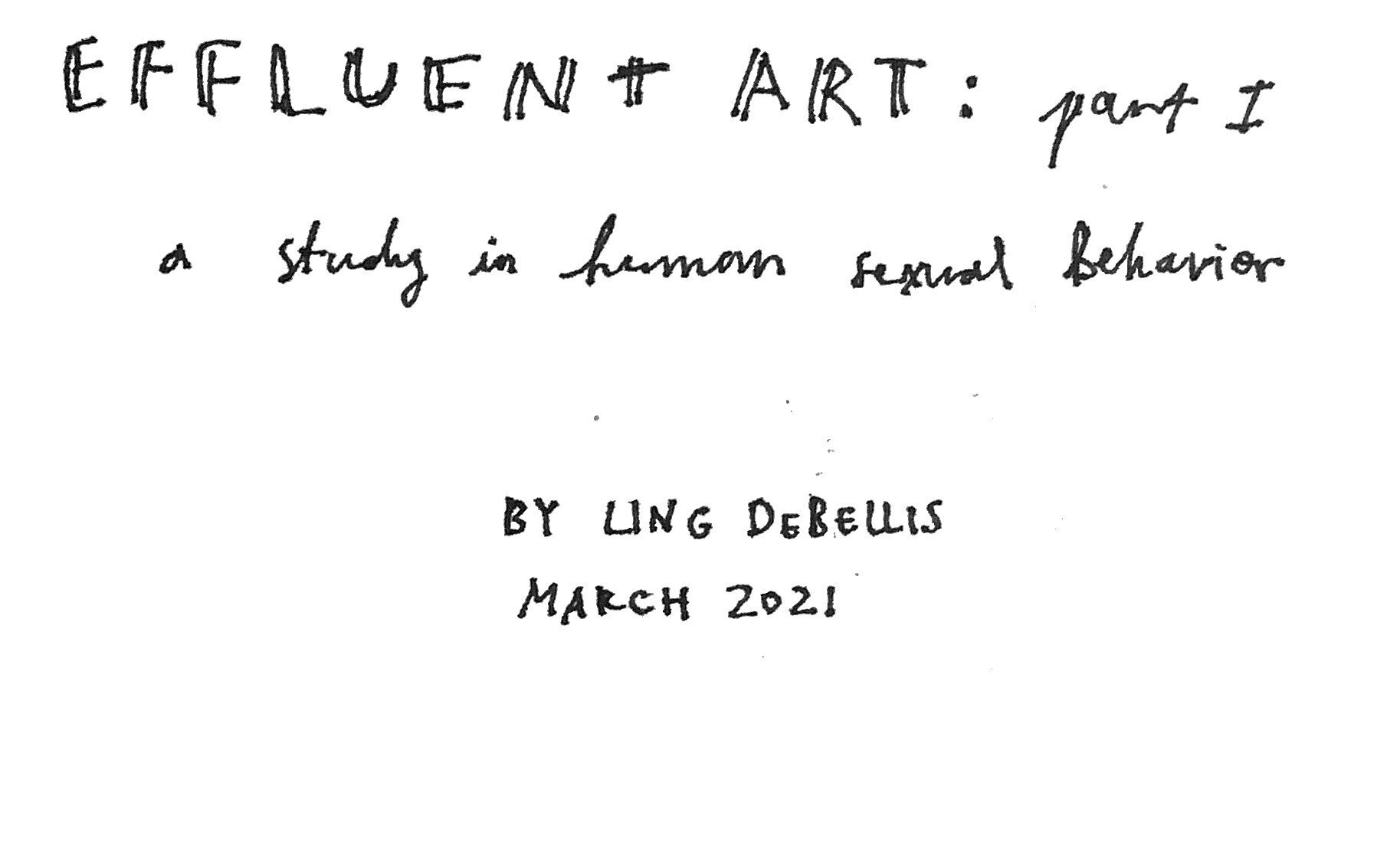

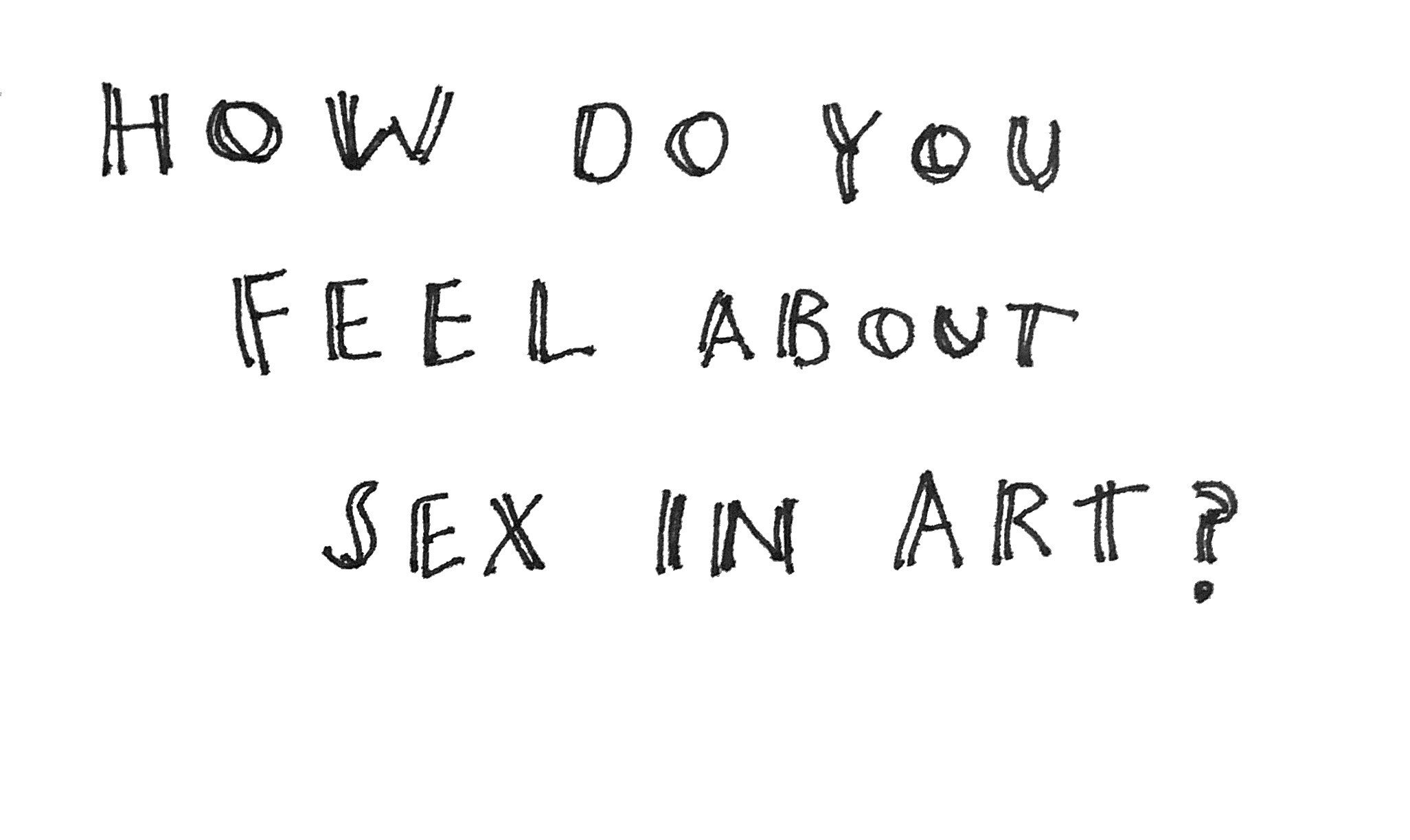
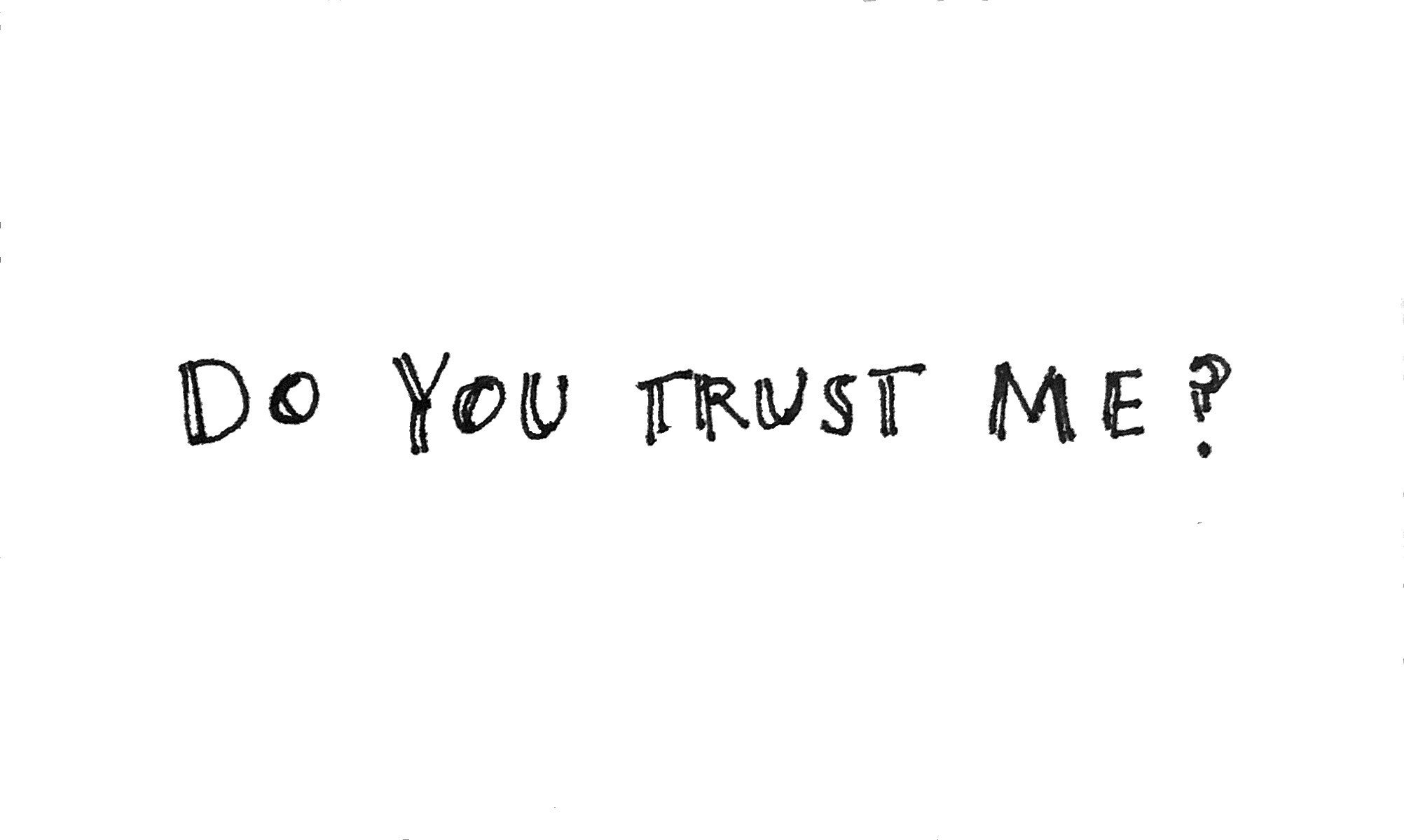

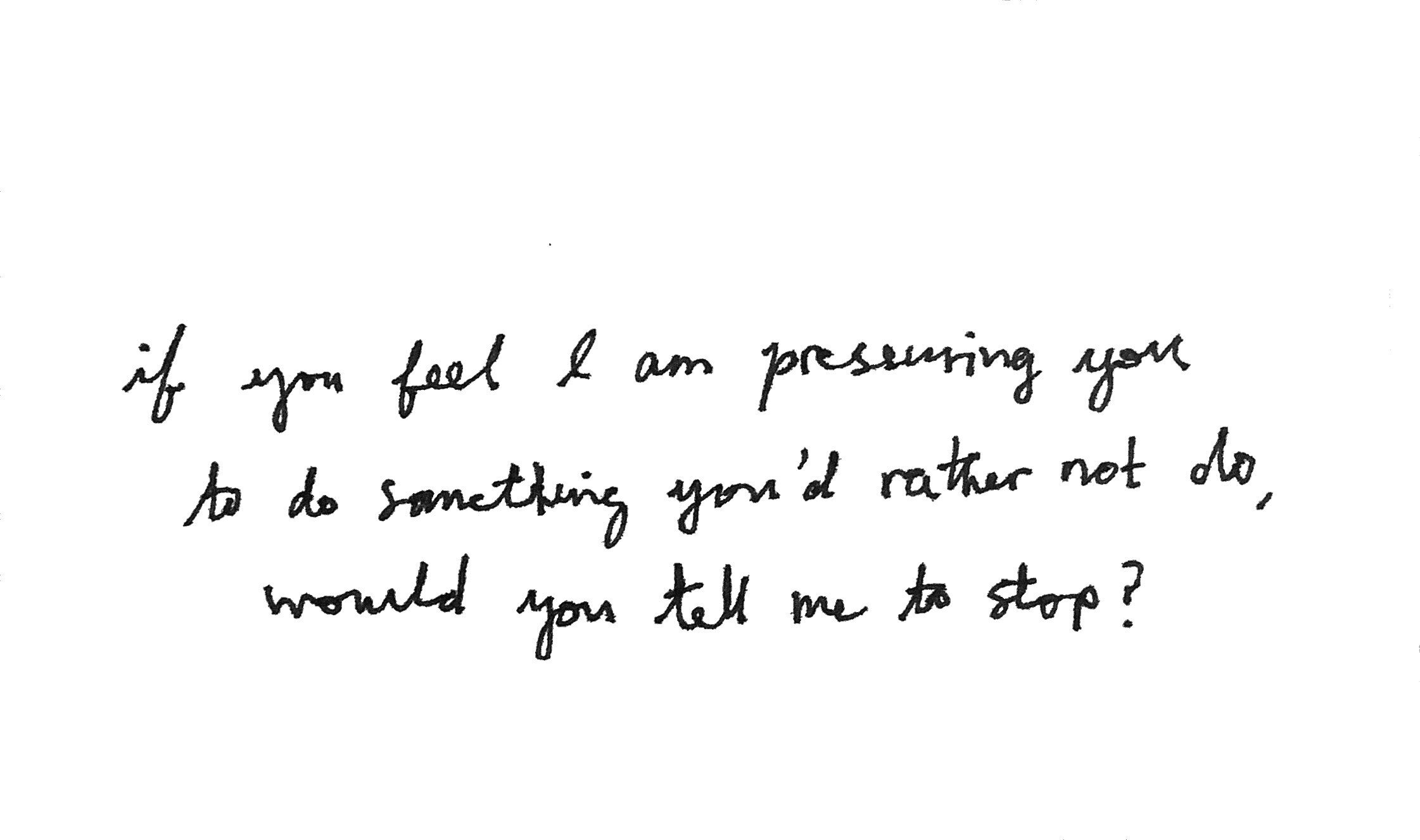
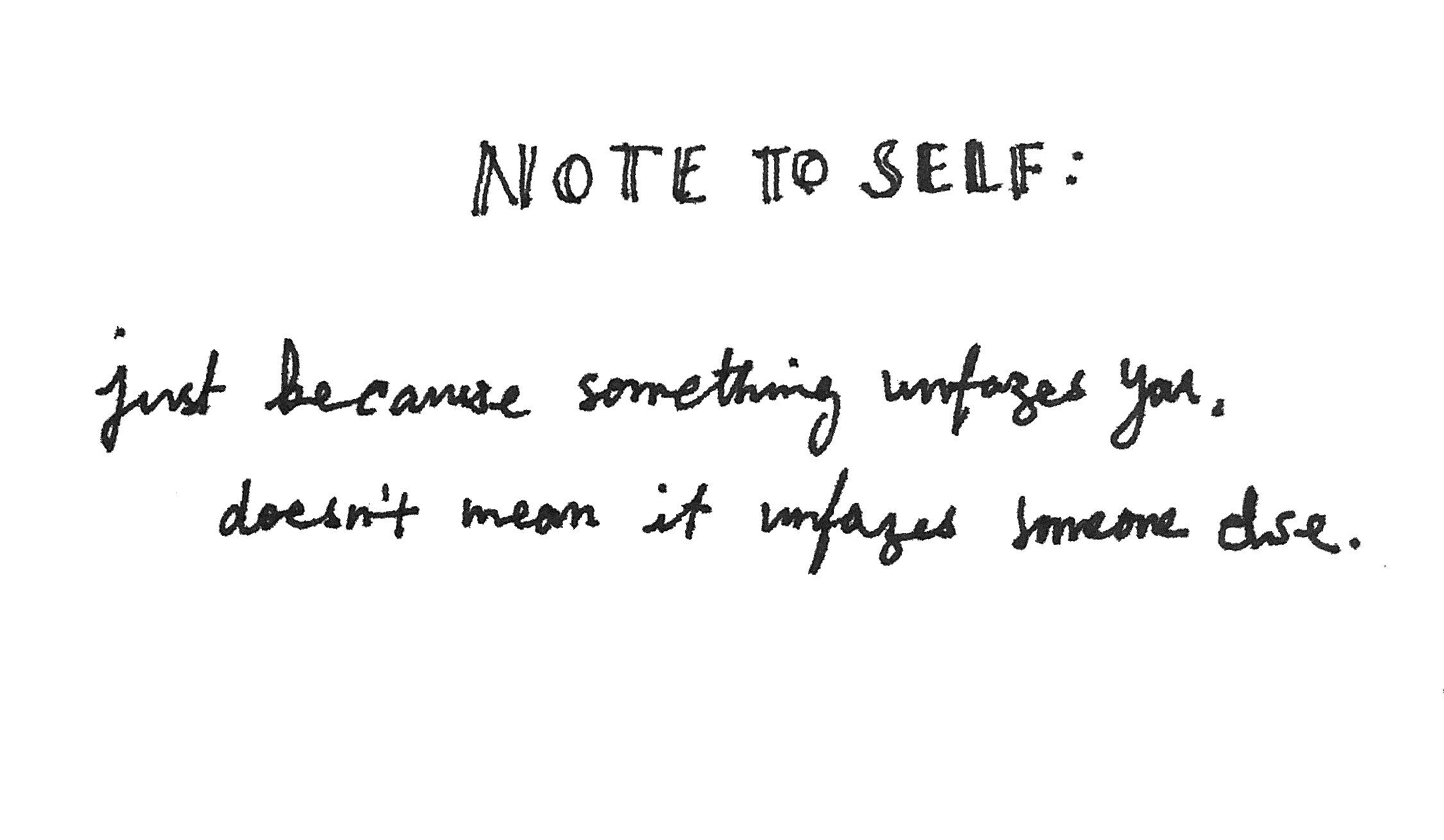
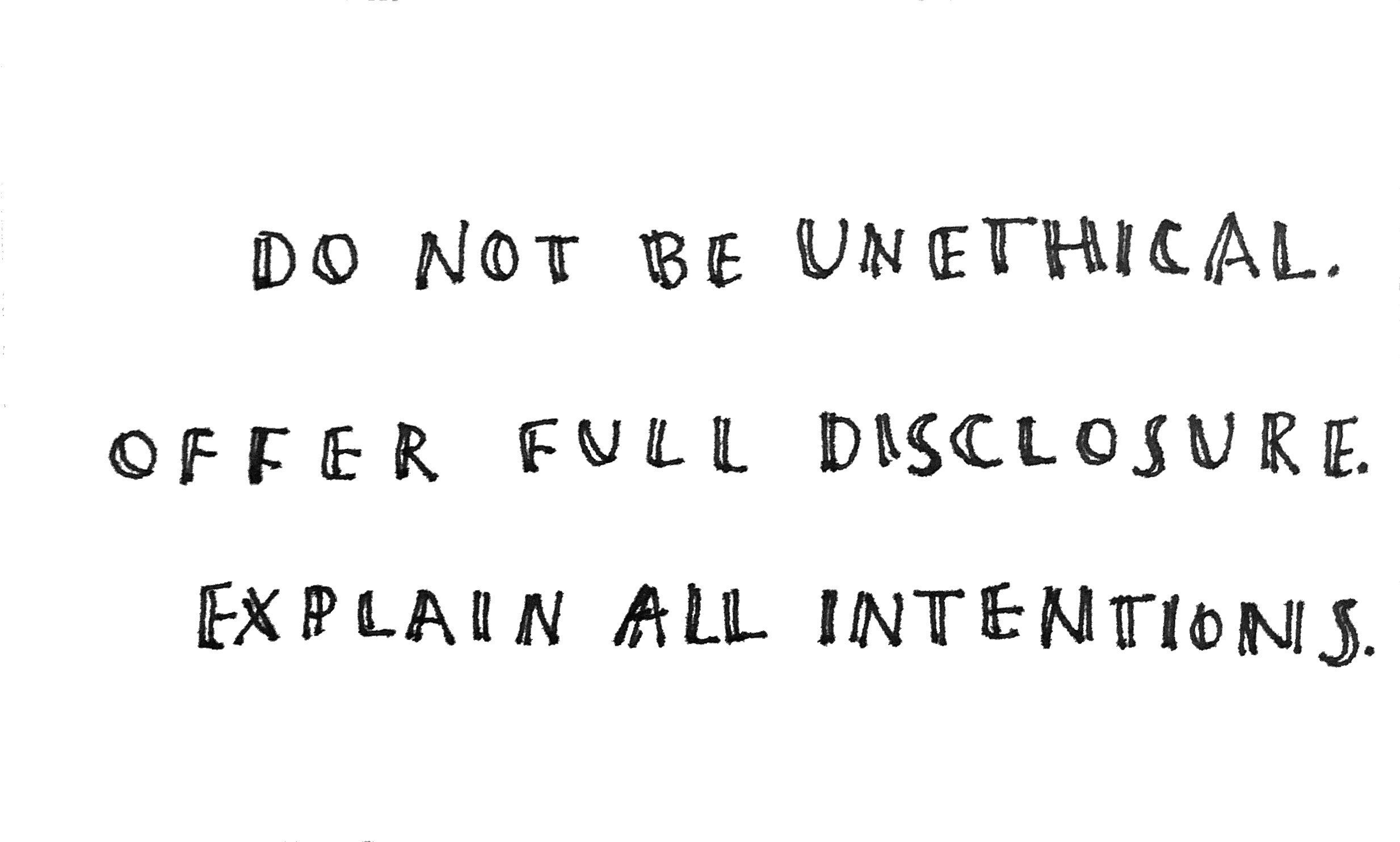
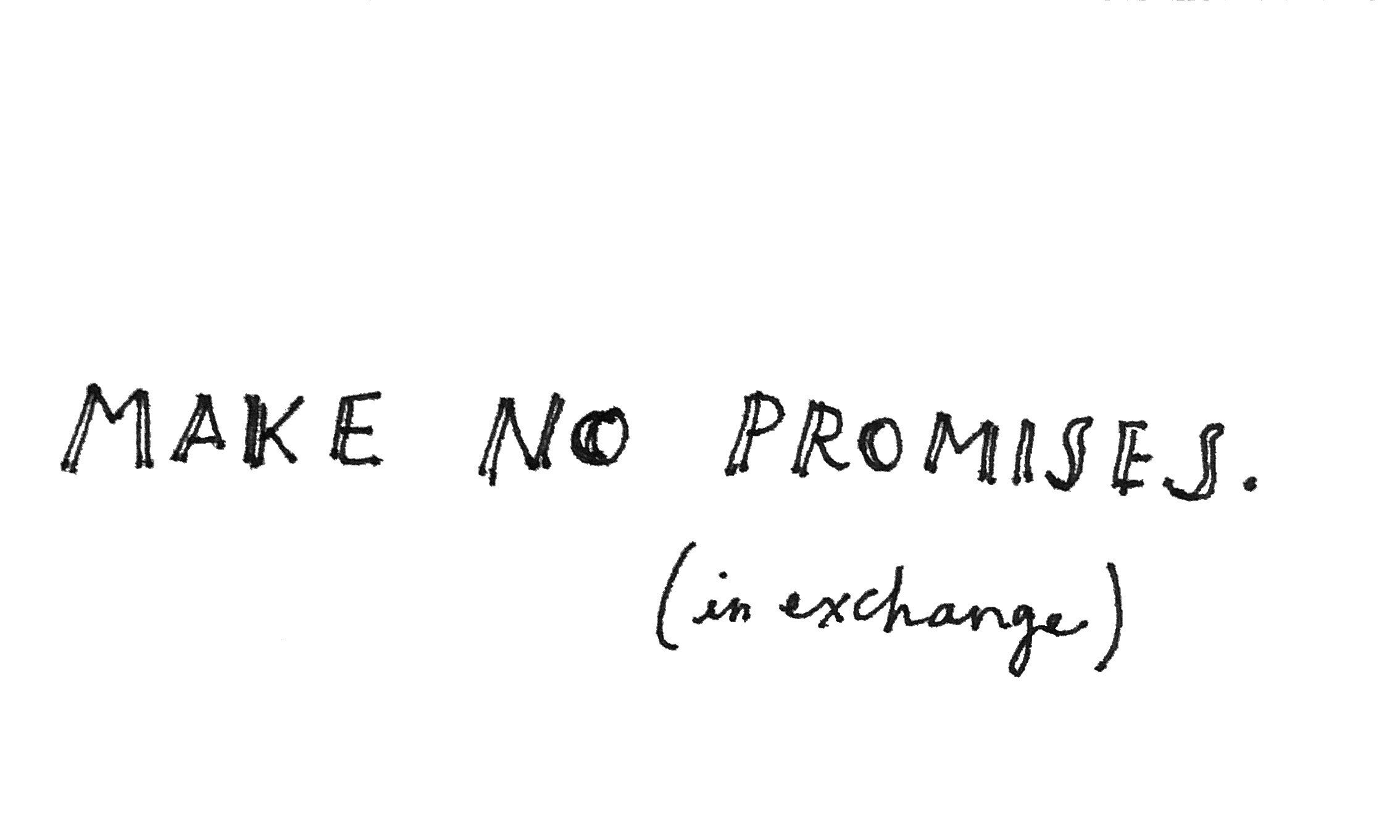

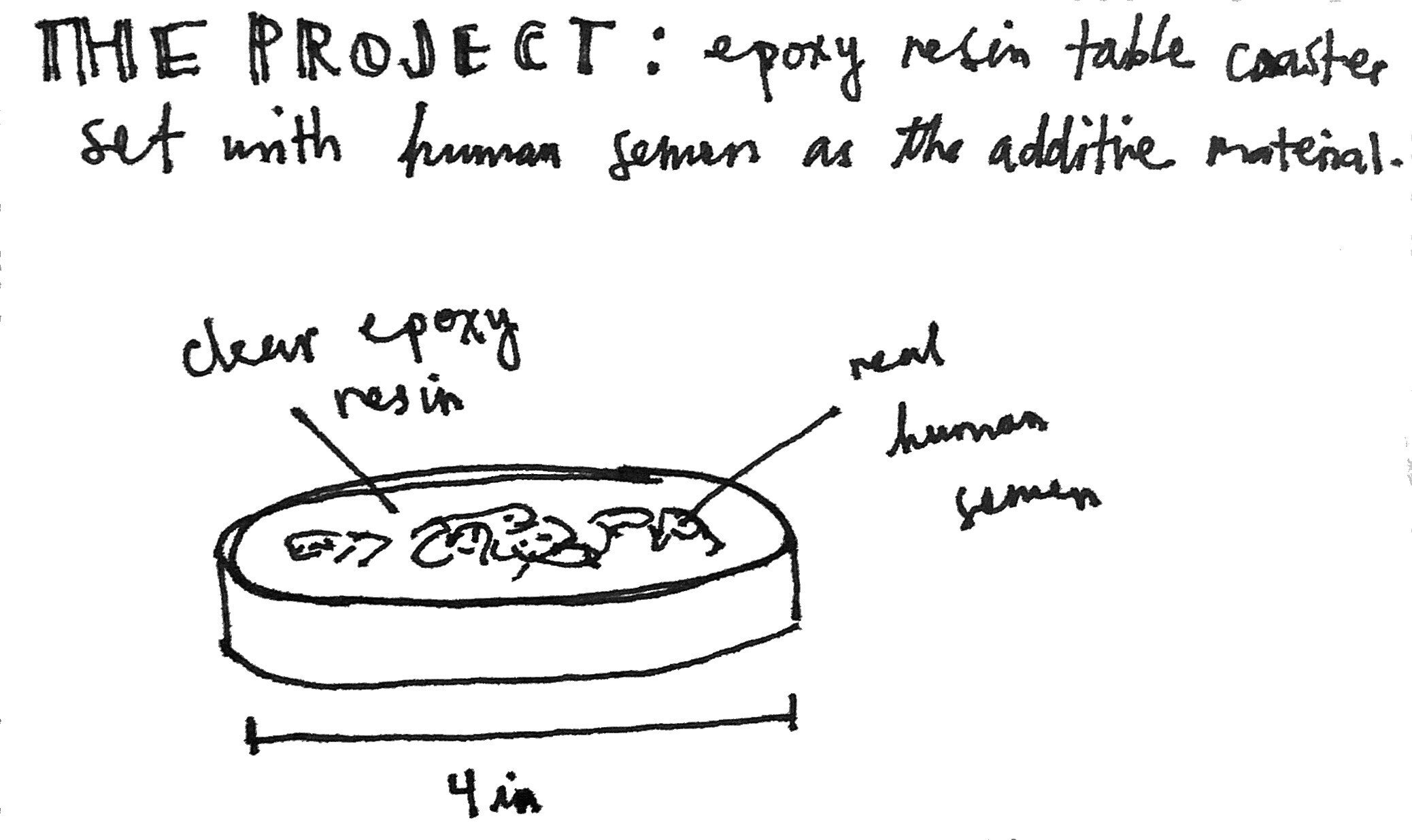
EXPERIMENT I: Acquiring human semen
Per Josh Bernstein’s suggestion, I began by writing out a series of lead up questions and pointers to get the conversation going with my male peers. “Establish trust. Make no exchanges. Offer complete disclosure.” I was under the impression that the hardest part would be asking, and once a yes was secured, it would be relatively downhill from there. Or so it seemed.
I asked ten male peers at Rice University for their semen donation in my project. Only one said yes. And that’s all I needed. But it was perhaps equally as interesting their reasons for saying no. I assumed the sex aspect, the sheer awkwardness of being asked to donate a semen sample in a glass jar for an art project, would be too much. In actuality though, a recurring theme was the longer term, broader implications of such a task. “Suspended genetic material” was the stopping point. Many of my male peers objected and felt uneasy with a physical part of themselves being solidified in a resin beverage coaster. I found this surprising. I never thought men were that attached to their semen, although, as a female, my view is perhaps inherently skewed. In a biological sex lens, I generally think of semen as a “waste” material — a literal effluence. It’s exponentially more abundant than a woman’s egg. Sex culture does little to conserve sperm. But, when we remove semen from sex and place it in another context — art, for example — why does it become so much more valuable?
I think that answer will depend from person to person, but it is interesting nonetheless. And, above all, I think it underscores the need to open up healthy discussions on sex. Spermatozoa indeed has its own shock value, but it must be viewed with a deeper, critical lens that pushes us to confront the uncomfortable in order to grow. We are already so sensitized to porn culture and much more explicit things that having a conversation on sex should be easy. But it is not. How do we change this? How do we grow ourselves and our relationships in a healthy manner? Well. Drinking your morning coffee from a resin coaster permanently suspending human semen is a good place to start. We need to talk about sex. And maybe from those discussions we can build stronger, more intimate, and more trusting relationships.
Spermatozoa. (2021). 4” diameter epoxy resin and human semen.
Press Release
Rice Magazine, Spring 2023
https://magazine.rice.edu/spring-2023/creation-unfolding
Rice University’s The Thresher — April 13, 2021
https://www.ricethresher.org/article/2021/04/love-doctors-rice-missed-connections-plays-matchmaker-for-students
Spermatozoa. (2021). 4” diameter epoxy resin and human semen.
